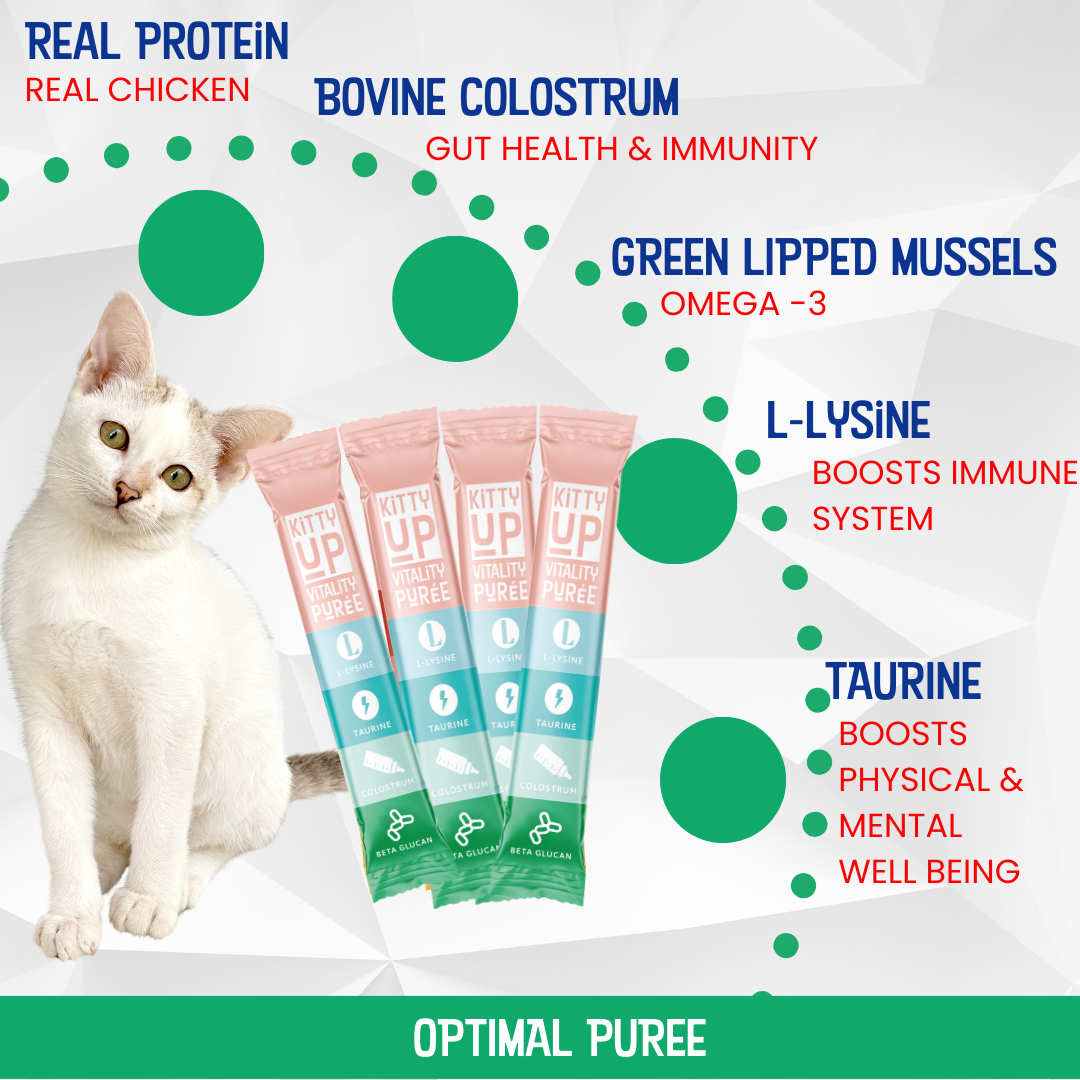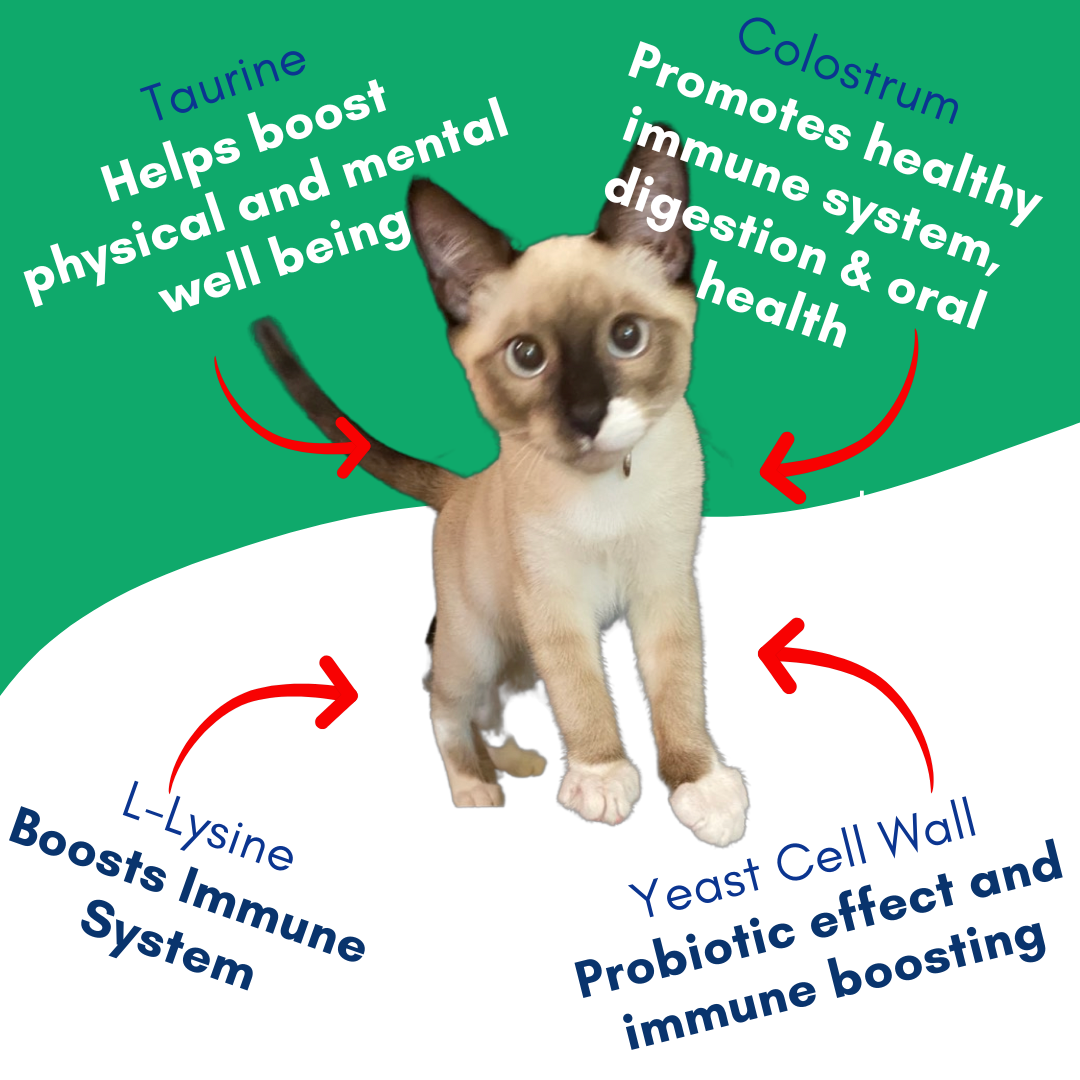The Purrplexing Phenomenon of Cat Kneading: A Deep Dive into Feline Behavior
Cats are fascinating creatures, and anyone who has spent time with them has likely observed the curious behavior of kneading. This rhythmic motion, where a cat pushes its paws alternately against a soft surface, often resembles the actions of kneading dough. While it may seem adorable and charming, cat kneading is more than just a cute quirk; it is deeply ingrained in feline behavior. In this blog post, we will delve into the various reasons why cats knead and what this behavior signifies.
Instinct from Kittenhood
One of the primary reasons why cats knead can be traced back to their early days as kittens. Kneading is a behavior kittens exhibit while nursing from their mother. The action stimulates milk flow from the mother's mammary glands, ensuring the kitten receives adequate nourishment. The rhythmic pressure on the mother's belly becomes associated with comfort and security, creating a lasting impression on the cat's behavior. Even as cats grow into adulthood, this instinctual behavior often persists, serving as a nostalgic reminder of the warmth and safety they felt during their formative days.
Territory Marking
Cats are territorial animals, and they use various methods to mark their territory. Scent glands located on the soft pads of their paws release pheromones, which are chemical substances that convey information to other cats. When a cat kneads a particular surface, it leaves behind these scent marks, effectively claiming the area as its own. Kneading can be especially prevalent in multi-cat households, where each cat may engage in kneading to establish a sense of ownership over shared spaces. This territorial marking behavior is an instinct
ual way for cats to communicate with one another in their silent language of scents.
Relaxation and Contentment
Observing a cat kneading can often be a soothing experience for cat owners. Many cats knead when they are in a state of relaxation or contentment. This may be triggered by the softness of a blanket, the warmth of a sunlit spot, or simply the presence of their favorite human. During kneading, cats often display other signs of relaxation, such as purring and half-closed eyes. The rhythmic motion seems to have a calming effect on cats, creating a connection between the physical act of kneading and the emotional state of tranquility.
Stress Relief and Coping Mechanism
Contrary to the association with relaxation, some cats knead as a response to stress or anxiety. Kneading can serve as a self-soothing mechanism, helping cats cope with challenging situations or changes in their environment. For example, a cat may knead more frequently when introduced to a new home, during a visit to the veterinarian, or in the presence of unfamiliar people or animals. The act of kneading provides a sense of familiarity and comfort, helping the cat navigate through stressful experiences.
Expression of Affection
In addition to its functional aspects, kneading is often a way for cats to express affection towards their owners. When a cat kneads you, it is a sign that it feels comfortable and secure in your presence. The kneading motion mimics the behavior they exhibited as kittens with their mothers, symbolizing a deep bond and trust. As a cat owner, responding positively to your cat's kneading—by offering gentle pets or creating a cozy lap—can strengthen the emotional connection between you and your feline companion.
In the enigmatic world of feline behavior, cat kneading remains a captivating and multifaceted phenomenon. Whether rooted in instinct, territorial communication, relaxation, stress relief, or affection, this rhythmic motion serves as a window into the complex and nuanced world of our feline friends. Understanding why cats knead allows us to appreciate the depth of their communication and the unique ways in which they navigate their surroundings. So, the next time you find yourself on the receiving end of a cat's kneading, take a moment to reflect on the intricate layers of meaning embedded in this charming and timeless behavior.









